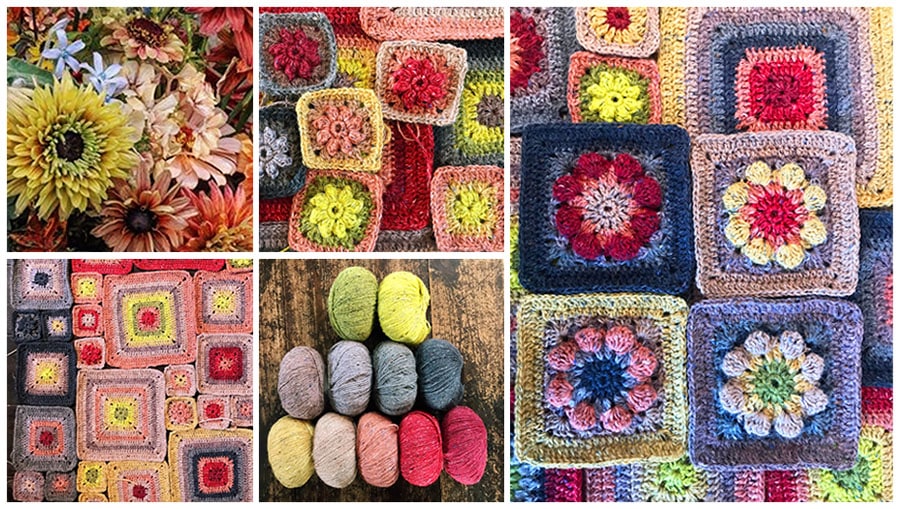
Being unable to mock the class that executes the request, you are incapable of testing the scenario because you can’t setup a test case where it responds with an error. If an error occurs, a SnackBar should display: “Oh snap, there was an error!”. Example: there is a button that executes a request to an external API on press. Flutter BLoC advantage: reusability TestingĪnother issue that comes up: if you hard-wire the logic to the view, you are unable to write white box tests such as unit tests for the logic. How do you re-use the list of elements and the input field if you only want the visuals to be the same but not the behavior? There is a tight coupling between the behavior and the visuals which make it impossible for you to reuse it. Then you realize that you need another screen that is similar (the look is quite the same) to the one you already have, but not equal (the behavior is different). Example: let’s say you have implemented a screen that has a header, a list of elements and an input field at the bottom. But as soon as your application grows, this becomes a massive obstacle. The problem with that is: as long as you only have one screen with one or a couple of widgets, this might be fine. You might ask yourself: why do I need that separation? Isn’t it fine to put the logic directly into the widget? In the end, that’s where it’s needed! There are well-known examples of architectural patterns that enforce this separation like MVC, MMVM.
BLOCS TUTORIALS SOFTWARE
Flutter BLoC state management Separation / reusabilityĪnother issue being raised when developing a software without a structuring pattern is the separation of view and logic. If this kind of app state is changes very close to the root of the widget tree and needs to be passed down at least with a depth of 3, it becomes very cumbersome to always pass this information down in the constructor and along with that a callback function that is being called when the nested widget registers a user interaction which in response is expected to change that state. Like a shopping cart with its items or the status of being logged in. When mobile app projects gain a certain size, there is an increasingly high probability that screens (in Flutter: widgets) share data across the whole app. Given the assumption that an architectural pattern like BLoC improves the long-term maintainability of software projects, what are the concrete problems it solves? State management Even worse: I have often made the experience that companies decided to rewrite everything because the effort of a huge refactoring would even exceed the effort of a complete rewrite. When a project has reached the point where it has become hardly maintainable, it is a huge load of work to transform it into a well structured project.

In my opinion, it’s a good idea to go for the safe approach and cleanly design the architecture right from the beginning as it can save a lot of trouble later on. The problem is: once you start a project, you never know, how big it’s going to become eventually. At this point, a clean architecture will have paid off.
BLOCS TUTORIALS CODE
However, you will reach a point where the whole code becomes a mess in terms of testability, maintainability and probably also performance. At the beginning you can save quite some time if you go for a very simple approach without too many thoughts about the architecture. No for apps that need to be scalable, readable and maintainable and is worked on by more than one person. The above explanation might sound reasonable but also quite complicated for a problem that can be solved in totally simple ways, right? It was first mentioned by Google at the Google I/O in 2018 and has since then become the de facto standard for many developers when it comes to state management solutions in Flutter app development. It also aims for reusability of the same logic across multiple widgets.

Generally speaking, BLoC ( Business Logic Component) is a design pattern enabling developers to efficiently and conveniently manage state across their apps without a tight coupling between the presentation (view) and the logic. During this article I want to clear things up. However, depending on their personal previous experience with Dart, Flutter, Streams and state management, it might be hard for beginners to wrap their head around it.


It’s almost inevitable to come across the concept of or at least the term “BLoC” when you learn about Flutter and its recommended architecture approaches.


 0 kommentar(er)
0 kommentar(er)
